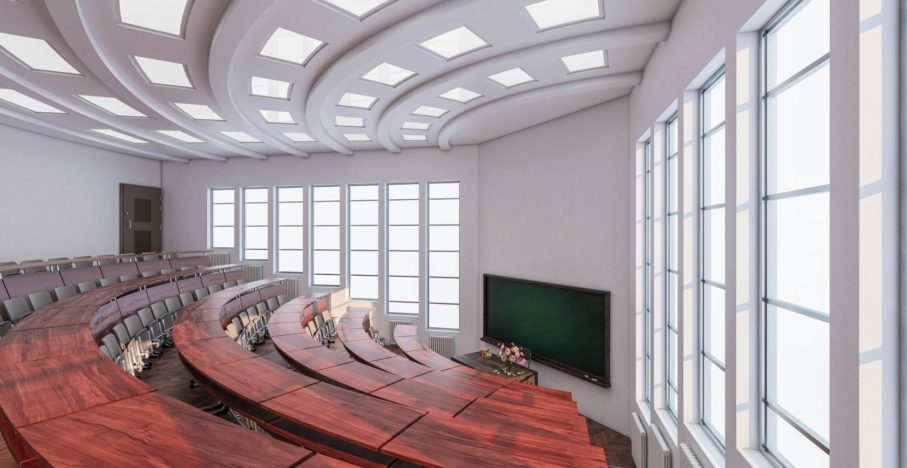Attending On-Campus Classes during COVID-19

Attending On-Campus Classes during COVID-19
Very little about our lives looks normal during COVID-19. For students and faculty at colleges and universities, the same can be said for attending classes. While many schools are teaching online, campuses everywhere are making changes to in-person classes in an attempt to keep everyone safe. To help you prepare for a very different classroom experience, Andrew T. Miltenberg, Esq., an experienced attorney who specializes in student rights, recently discussed the changes to expect.
Masks, Etiquette, and Hygiene
According to Miltenberg, most colleges and universities will follow best practice guidelines from the Centers for Disease Control and Prevention (CDC) for safety during COVID-19. However, some may choose to follow other advice or institute their own best practices. Whatever the case, campuses will likely require the use of cloth masks and encourage proper hand hygiene, as well as proper coughing and sneezing etiquette. Wearing face coverings when not on campus and in public will be strongly recommended for the entire campus population.
Students and employees should be prepared to answer questionnaires about their recent activity or have their temperature taken upon arrival to campus. Such monitoring of personal conduct during the pandemic is a hot-button issue in American politics, but most colleges are nevertheless moving ahead. “Colleges are a petri dish for what is going on in the greater society,” says Miltenberg. “We’re having this debate now.” Students returning to campus should be prepared to follow an altered conduct code.
Socially Distanced Classrooms
Many colleges are rearranging classrooms with social distancing in mind. Students may walk into the classroom to find desks rearranged to allow a full six feet of distance between them. Meanwhile, schools in states with milder weather might take the idea of a distanced classroom to a new extreme. Many campuses now hold classes outdoors to make distancing easier and improve airflow.
Social distancing may be enforced while entering and leaving the classroom, too. Some schools have implemented strict guidelines for students moving about in a classroom. Students may be asked to leave the room one at a time and in a set order to prevent crowds at the door, and they may not be allowed to casually mingle in the classroom. And depending on the school, these regulations might not be limited to the classroom, as some schools may enforce distancing in the hallways as well.
Altered Class Schedules
Class schedules may be changed to reduce the number of students in a classroom at one time. Classrooms may not have room to accommodate the same number of students while maintaining six feet of distance, so limiting the number of attendees is the only way to ensure safety.
From the classroom to the library, schedules might be changed even further to compensate for more frequent cleaning. “There will be a question about the measures schools have taken to clean and make sure that their campus is free of COVID-19,” says Miltenberg. He goes on to suggest that there may even be fewer on-campus classes available in order to make more time to disinfect.
Adjusted class schedules may also result in smaller class sizes. Students should be prepared for a more complicated or limited enrollment and must take care to ensure that their class schedules aren’t upset by the changes.
Preserving Your Rights in the Classroom
If your school isn’t acting to protect your safety, remember that you have options. An experienced, trusted lawyer can explain the steps you can take to protect yourself from invasive or careless college and university practices. If you’re looking for help today, contact Andrew T. Miltenberg, Esq., of Nesenoff & Miltenberg LLP.





